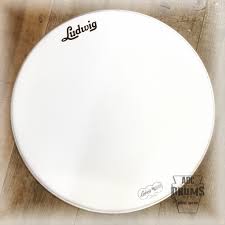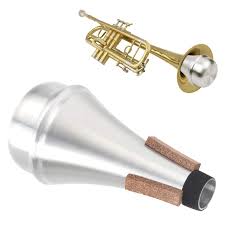The Importance of Drum Heads in Percussion Instruments
Drum heads are a crucial component of any percussion instrument, playing a significant role in determining the sound produced by the drums. They are the surface that is struck by drumsticks, mallets, or hands to create vibrations that produce sound waves.
There are different types of drum heads available, each with its own unique characteristics that affect the tone, resonance, and overall performance of the drum. The material, thickness, and coating of the drum head can all impact the sound quality and playability of the instrument.
One of the key considerations when choosing drum heads is the genre of music being played. Different styles require different sounds, and selecting the right drum heads can help achieve the desired tone. For example, jazz musicians may prefer coated drum heads for a warmer sound, while rock drummers may opt for clear heads for more attack and projection.
Regular maintenance and replacement of drum heads are essential to ensure optimal performance. Over time, drum heads can wear out due to constant playing and exposure to environmental factors. A worn-out drum head can negatively impact sound quality and responsiveness, so it is important to monitor their condition and replace them when necessary.
Drummers often experiment with different combinations of drum heads to customise their sound and achieve their desired tonal qualities. By understanding the importance of drum heads and how they contribute to the overall sound of percussion instruments, musicians can enhance their playing experience and musical expression.
Whether you are a professional drummer or a hobbyist percussionist, investing in high-quality drum heads is essential for achieving your desired sound and maximising your musical potential.
Understanding Drum Heads: Materials, Maintenance, Types, Sound Quality, and Tuning
- What are drum heads made of?
- How often should drum heads be replaced?
- What is the difference between coated and clear drum heads?
- How do different types of drum heads affect sound quality?
- Can I tune my drums to change the sound without changing the drum heads?
What are drum heads made of?
Drum heads, also known as drum skins, are typically made of either plastic (such as Mylar) or animal skin (like calfskin or goatskin). Plastic drum heads are more commonly used today due to their durability, consistency in tone, and resistance to changes in humidity. These synthetic materials offer a wide range of options in terms of thickness, coating, and construction, allowing drummers to customise their sound. On the other hand, animal skin drum heads are favoured by some traditionalists for their warm and natural tone. Each type of material has its own unique characteristics that can significantly impact the sound produced by the drums.
How often should drum heads be replaced?
Drum heads should typically be replaced when they show signs of wear and tear, such as visible dents, scratches, or a loss of tone quality. The frequency of replacement can vary depending on factors like how often the drums are played, the intensity of playing, and environmental conditions. As a general guideline, drummers may consider replacing their drum heads every 6 to 12 months for optimal performance and sound quality. Regularly inspecting the condition of drum heads and replacing them when necessary is essential to maintain the integrity of the instrument and ensure a consistent and high-quality sound output.
What is the difference between coated and clear drum heads?
When it comes to drum heads, one frequently asked question is about the difference between coated and clear drum heads. Coated drum heads have a textured surface that is coated with a thin layer of material, usually a type of plastic. This coating dampens the high frequencies and produces a warmer, more focused sound. On the other hand, clear drum heads have a smooth, transparent surface that allows for brighter tones with more attack and sustain. The choice between coated and clear drum heads often depends on the desired sound characteristics for different music genres and playing styles.
How do different types of drum heads affect sound quality?
The sound quality of a drum is significantly influenced by the type of drum heads used. Different types of drum heads, such as coated or clear heads, impact the tone, resonance, and overall character of the sound produced. Coated drum heads tend to produce a warmer sound with reduced overtones, making them popular in genres like jazz. On the other hand, clear drum heads offer more attack and brightness, ideal for styles such as rock and pop music. Additionally, factors like material composition, thickness, and tuning also play a crucial role in shaping the sound quality of drums. Understanding how different types of drum heads affect sound can help drummers tailor their setups to achieve the desired tonal characteristics for their music.
Can I tune my drums to change the sound without changing the drum heads?
Yes, you can tune your drums to change the sound without necessarily changing the drum heads. Tuning refers to adjusting the tension of the drum heads to alter the pitch and tone of the drums. By tightening or loosening the tension rods around the drum head, you can achieve different sounds ranging from deep and resonant to tight and crisp. Experimenting with tuning can help you customise your drum sound to suit different musical styles or preferences without having to replace the drum heads. However, it’s important to note that while tuning can significantly impact the sound of your drums, there may be limitations to how much you can alter the overall character of the sound solely through tuning adjustments.





